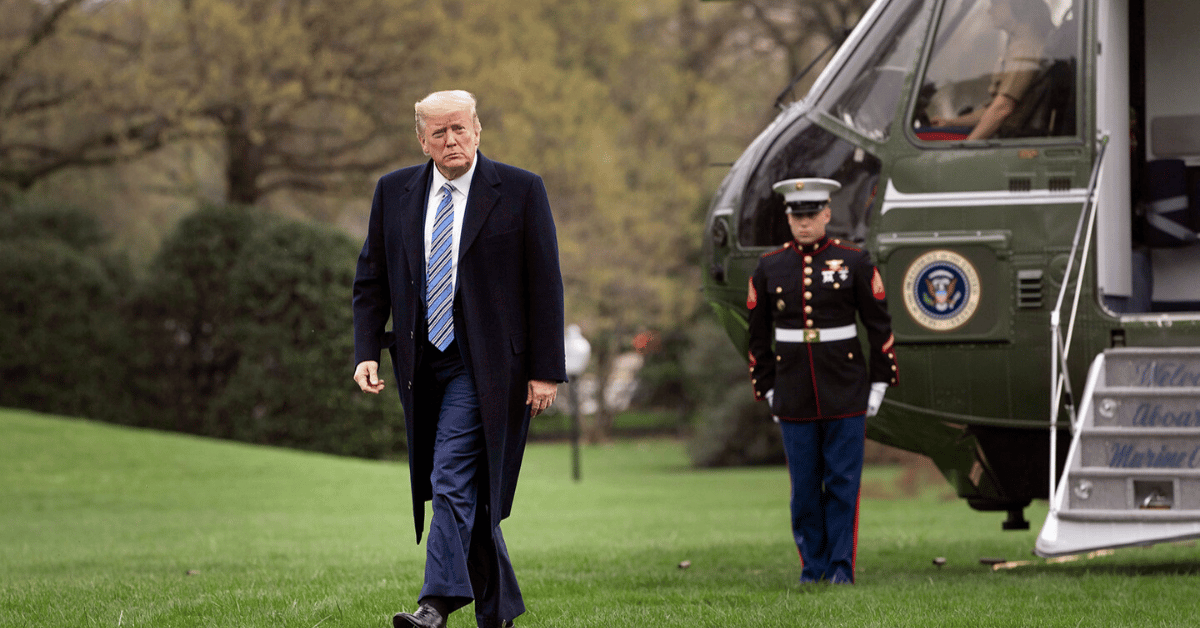


On October 29, 2025, a Russian military vessel was detected a mere 15 nautical miles south of Oahu, prompting a swift response from our guardians of the sea by November 13.
Let’s rewind to the initial sighting, where the Coast Guard identified this uninvited guest as the Kareliya, a Vishnya-class intelligence ship straight out of the Soviet era’s playbook. Built in the 1980s for the Soviet Navy, these ships are still prowling the seas, with seven remaining in service under Russia’s flag. They’re loaded with sensors for signals intelligence and can beam data back to Moscow via satellite links.
Fox News reported that these Vishnya-class vessels aren’t just relics; they’re armed to the teeth for self-defense with AK-630 weapon systems and SA-N-8 missile launchers. It’s a stark reminder that while we’re debating progressive policies on the mainland, real geopolitical games are afoot just beyond our shores.
The Coast Guard didn’t sit idly by, deploying an HC-130 Hercules aircraft from Air Station Barbers Point and the Cutter William Hart to keep tabs on this maritime snoop. Their response included a professional overflight and a close transit near the Russian ship, ensuring they sent a clear message: we’re watching you.
“The U.S. Coast Guard routinely monitors maritime activity around the Hawaiian Islands and throughout the Pacific to ensure the safety and security of U.S. waters,” said Capt. Matthew Chong, chief of response for the Coast Guard Oceania District.
Capt. Chong also noted, “Working in concert with partners and allies, our crews monitor and respond to foreign military vessel activity near our territorial waters to protect our maritime borders and defend our sovereign interests.”
Admirable teamwork, but one wonders if this is enough to deter a nation that seems to treat international boundaries as mere suggestions.
The Coast Guard’s ongoing vigilance aims to secure maritime safety for U.S. vessels in the area, a mission that’s never been more critical with such bold foreign incursions. They’re also supporting homeland defense efforts, a task that feels increasingly urgent in today’s tense global climate.
Let’s not forget, under international law, foreign military ships can operate outside territorial seas, which extend 12 nautical miles from shore. So, technically, the Kareliya isn’t breaking rules by hovering just beyond that line—but let’s be honest, it’s a bit like a nosy neighbor peeking over your fence.
The Coast Guard Oceania District isn’t going it alone, collaborating with U.S. Indo-Pacific Command and other agencies to track these foreign military movements. It’s a reassuring partnership, though one can’t help but question if our resources are stretched too thin while we navigate domestic debates over less pressing cultural fads.
This isn’t just a one-off flyby; the Coast Guard has committed to continuous monitoring of the Russian vessel’s antics near our waters. That’s a comforting thought, but it also begs the question of how many other uninvited guests might be out there, unnoticed.
While the Coast Guard declined to comment further to media inquiries, their actions speak louder than words. This incident is a wake-up call that national security isn’t just about border walls or immigration policies—it’s about what’s lurking in the deep blue sea.
Let’s face it, while some are busy pushing divisive social agendas, real threats like this Russian spy ship are testing our defenses in ways that don’t care about hashtags or virtue signaling. We need to prioritize what truly keeps us safe, not the latest trendy cause.
The presence of the Kareliya so close to Hawaii should remind us all that sovereignty isn’t a given—it’s something we must actively defend. Kudos to the Coast Guard for stepping up, but let’s hope our leaders in Washington are paying attention to these ripples in the Pacific before they turn into waves.



